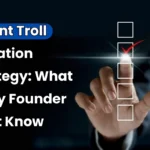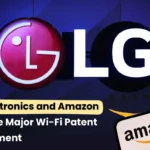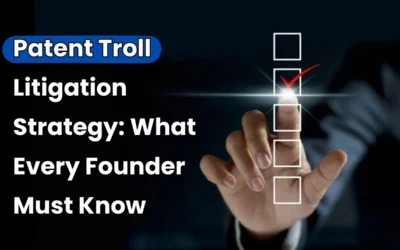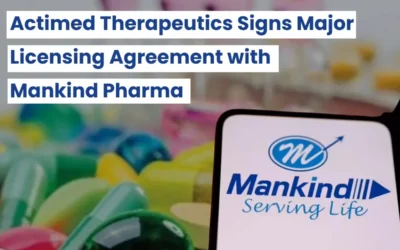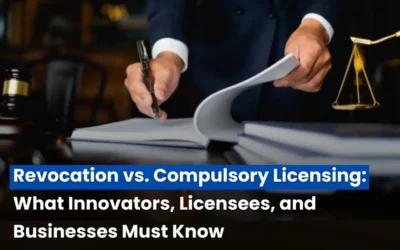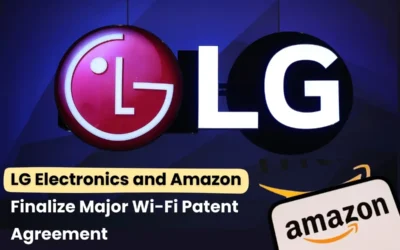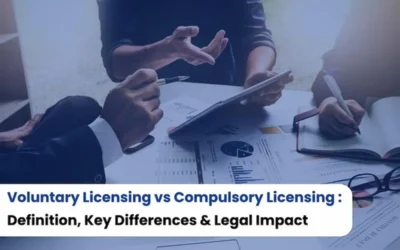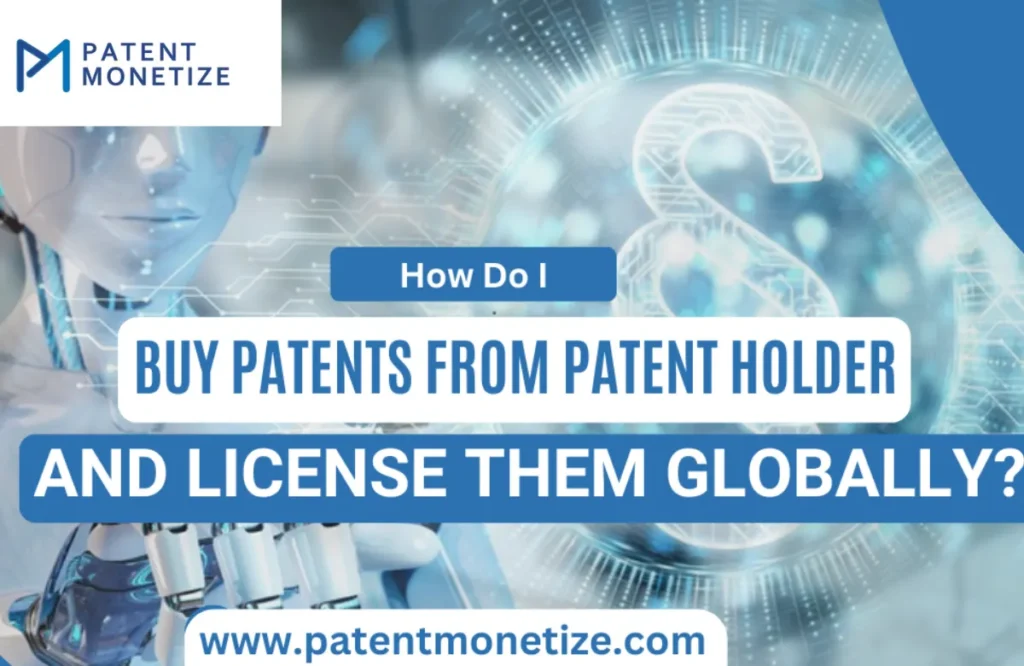
Patents are precious commodities in this fast-paced world which safeguard new inventions and innovative ideas. In this process, thousands of companies and, above all, individuals find their entry into acquiring patents from a patent owner to license them worldwide. Therefore, being a venture entrepreneurial business or a company in need of building up product lines requires knowledge in terms of how to go about Buy patents and license globally. This comprehensive guide will walk you through the process of acquiring patents, legal steps involved, and how to set up worldwide licensing agreements. We’ll cover the advantages of patent acquisition and license, tactics on negotiating patent deals, and some fantastic answers to frequently asked questions.
Understanding Patents and Their Value
What a patent is and why they are important must be understood before delving into the specifics of getting patents and licensing them across international boundaries.A patent is intellectual property rights provided for an invention, an idea, or a process invented by some particular individual or institution for a relatively short period within most jurisdictions. In general, patents are granted for a period of 20 years since the filing date; this is not consistent for all jurisdictions, though.
Generally, there are three categories of patents.
These are utility patents that protect an invention or discovery explaining a new way of accomplishing a function or solving a problem. Design patents, on the other hand, protects the ornamental design of a functional item. Plant patents are granted to an invention or discovery of a new variety of plants asexually reproduced. Value is added when the holder can prevent other people from making, using, selling, or distributing the patented invention without having a permit. This, therefore, makes patents become of significant importance for companies and inventors as it gives the ground of licensing opportunities, which might eventually give revenues to the companies and the inventors.
How to Buy Patents from Patent Holders
Buying a patent from its owners is serious business and brings with it some legal consideration. Here is the step-by-step procedure involved in the whole process.
Step 1: Identify the Patent You Want to Buy
Find that particular patent you are looking to apply for. There are so many different avenues to look into; ranging from databases hosted by U.S. Patent and Trademark Office (USPTO) worldwide offices located at such areas as European Patent Office (EPO), World Intellectual Property Organization (WIPO), etc.The patent databases offer functionalities to filter patents based on keyword search, inventor name, and many more search criteria to sort the relevant patents. More advanced searching capabilities are available through commercial patent databases like Google Patents and the paid services offered by Pat Base and Derwent Innovation.
Step 2: Verify Patent Validity and Ownership
Once you decide on one among the patents, the first action you’ll want to do will be to trace out who has ownership over it and whether the patent has an underlying legal validity. Pretty easily accomplished by virtue of the patent office or in the patent registers. At that point, you check if that patent was valid, and apart from that, if this patent holder coming out to himself or the company selling him that patent has some rights to so do.
Step 3: Contact Patent Owner
Once you identify the patent and confirm that it is valid, you contact the owner of the patent, showing interest in acquiring that patent. Your first communication can be by email, a phone call, or a formal letter. You have to be very explicit about your intent and value you are providing for the patent. Some patent owners posted public advertisements for its sale, or they sold it to patent dealers. If the patent is already advertised for sale, then perhaps this process could be less chaotic.
Step 4: Negotiate Price
Parameters on the market value of the patent, the protection level and their commercial potential combine with the state of the circumstances of the owner of the patent to determine its price. As always, plans are made prior to negotiation. Those patents with little apparent usage and practically used very little can be bought reasonably. Others take the form of hand in glove with high-potential prospects at very-sky-high price tags.
You can engage a patent attorney or an IP broker to negotiate the deal on your behalf, so you end up with the best possible deal with the owner of the patents without risking the deal by using the structure of the transaction.
Step 5: Draft of the Purchase Agreement
Once you have settled the price, you can put the sale transaction on paper by preparing a purchase agreement. This involves:
- Identification number and title of the patents.
- The amount purchased or the price agreed upon.
- Any warranties or representations by the seller as to the validity of the patent.
- The time of transfer of ownership.
It is very important that the purchase agreement be drafted by an intellectual property lawyer so that there are no issues related to the law down the road.
Step 6: Transfer Ownership and Pay the Purchase Price
Transfer ownership: When you sign an agreement, we will arrange transfer ownership. An owner of patent needs to get registered the change of ownership, he has to fill a document transfer ownership with relevant patent office. Then he has to pay an amount of money agreed, according to an agreement, meeting all its conditions.
International Licensing of Patents
It is not the case that it goes to an end by getting the patents but what remains is a fact that such patents should be exploited worldwide and licensing them may be done having an understanding through which others could be allowed by an invention for which a patent has been allowed so owned by the proprietor through any percent or at times one-time paid royalty amount in respect of this process.
Steps of License patents Globally
Step 1: Identify your licensing framework:
There are essentially two kinds of major types of licensing agreements:
- Exclusive License: In an exclusive license, the licensee is granted the exclusive right to use, manufacture, or sell the invention in a given geographical area. The patent owner waives their rights to license the invention to other people in that region.
- Non-Exclusive License: In this license, the patent owner grants his invention to be licensed to third parties. This can be to companies or in other territories. The licensor is not granted exclusive rights and, therefore, the patent owner can execute a similar agreement with other parties.
Determine what type of licensing agreement would suit your business model. If you need to earn as much income as possible, then you can settle for non-exclusive licensing. If you want tighter relationships with some partners, then you can go for exclusive licensing.
Step 2: Identify Potential Licensees
This includes identification of companies or licensees with operations in other countries that you may apply your patented technology to. You may, in fact, find the right licensee from any of these means: industry trade shows and market research or even online licensing sites.
Sellers usually insist on new technologies being incorporated in their products. By marketing your patent, you will attract licensees.
Step 3: Drafting the Licensing Agreement
A licensing agreement is a legal document that describes the terms and conditions of using your patent. The main points of a licensing agreement are as follows:
- Scope of the license: whether it is an exclusive license or non-exclusive.
- Geographical area where the license applies.
- Time period for which the license is granted.
- The payment system: royalties, one-time payments, or both.
- This includes quality control provisions where the licensee agrees to manufacture to set standards.
Licensing agreement: After drafting, it is, in turn, sent to an IP attorney for review whether it complies with local laws as well as international treaties.
Step 4: Registration of the License Agreement
In some countries, licensing agreements must be registered with the relevant patent office or government authority. This helps provide a public record of the agreement and may be necessary for enforcing the terms of the license. Be sure to check the specific requirements of the countries in which you’re licensing your patent.
Step 5: Monitor and Enforce the License
Once you sign the licensing contract, it will be very effective to track when the licensee honors the aspects of that deal. That means they pay before time and ensures proper use of the patented product as agreed within set standards. In case you find a breaching licensee, you have to force the law and seek your right.
Conclusion
Obviously, it is just a very lucrative deal to gain patents, license on a world level, and reap the reward. The method above helps gain very great patents and make licensing agreements with international companies so that, later on, it becomes beneficial. You might either buy that patent for getting a new range of products and reap your markets or maybe just license that out and then reap the income.
You are going to look for an attorney, say perhaps an intellectual property attorney so that you would know how to enter into this labyrinth of owning and licensing patents appropriately while entering patent transactions.
